Full Cost of Tradeshow Exhibit Ownership: Video
When putting a budget together for a new tradeshow exhibit, there are more things to consider than just the cost of the exhibit itself. Here are a handful of things that will likely come into the mix:
When putting a budget together for a new tradeshow exhibit, there are more things to consider than just the cost of the exhibit itself. Here are a handful of things that will likely come into the mix:
With the pandemic slowly winding down (fingers crossed), what does the future hold? I’m no prognosticator and I’m definitely not an economist, although I pay attention to a lot of what’s going on in the economy. Last summer, in a conversation with a colleague, we wondered aloud what it would mean for the tradeshow and exhibit industry when “normal” returned. At that time, we were only looking ahead a few months, but here it is at least two seasons later, and we’re still waiting for the new normal to return.
The country and much of the world are still slogging through high unemployment, many stores closing, restaurants on life support and little to no job growth. In monthly calls with tradeshow exhibit producers, sellers, and project managers, it’s clear that most vendors in the tradeshow world are still operating at a fraction of their full capabilities. And most still think that they won’t reach their full capabilities until sometime in 2022. Yes, Q3 and Q4 in 2021 should show some improvement, but it’ll be a slow go for months to come.
But, once things return, people are comfortable traveling and setting up exhibits and attending shows, what does that mean?
A recent article in the New York Times tagged a few economic markers they’re following, including a prediction by the Federal Reserve Bank of Philadelphia that US output will increase 4.5% this year, which if it happened, would be the best since 1999.
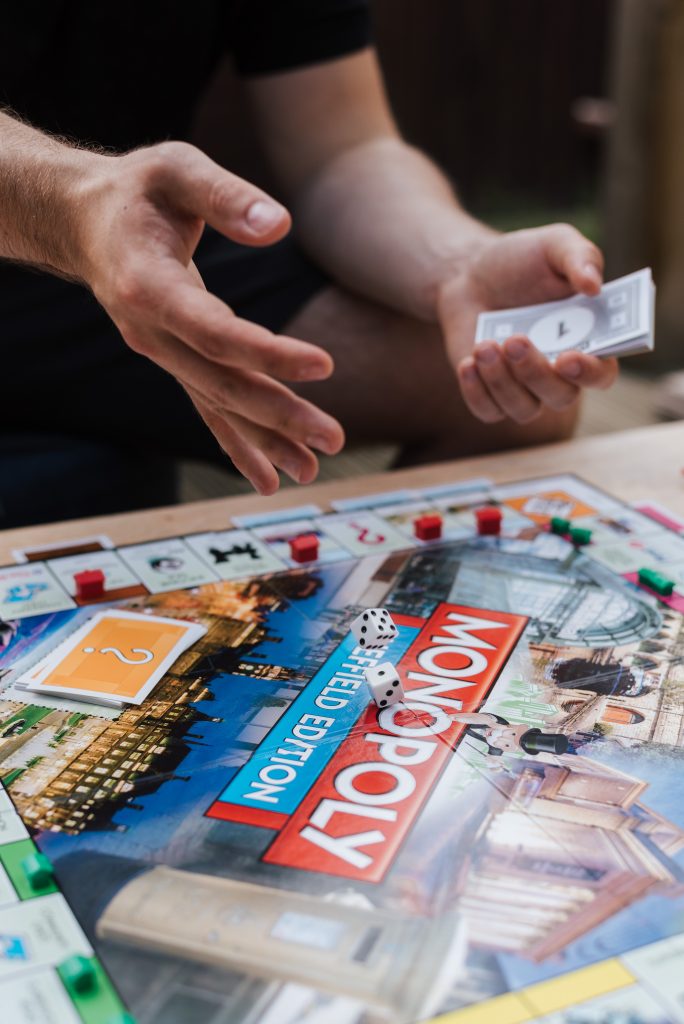
Optimism is growing because of a number of things: coronavirus cases are dropping, vaccine rates are increasing, and oh, yeah, there are a few trillion dollars sloshing around in the economy and if the current administration wrangles their bill through Congress, another couple of trillion dollars will follow. Consumers are also sitting on trillions of dollars thanks to lockdown spending dips and more stimulus payments.
But what does that mean for the business world or, more specifically, the tradeshow world? It’s hard to get a handle on exact outcomes, no surprise, but experts point to the fact that in many industries – tradeshow world likely included – a number of companies simply haven’t survived, or they’ve been gobbled up by stronger competitors. Which means that there may not be as much competition.
The world of shows, events and conferences is also changing. Floor plans may change, especially if social distancing remains in effect in at least parts of the country, meaning different shapes and size availabilities for booth placement. Does that mean revised exhibits? New exhibits? Downsizing or upsizing? Who can say? Any change will likely mean exhibitors be willing to spend money for either revisions or brand-new properties. Fingers crossed for all of us in the supply side of the industry.
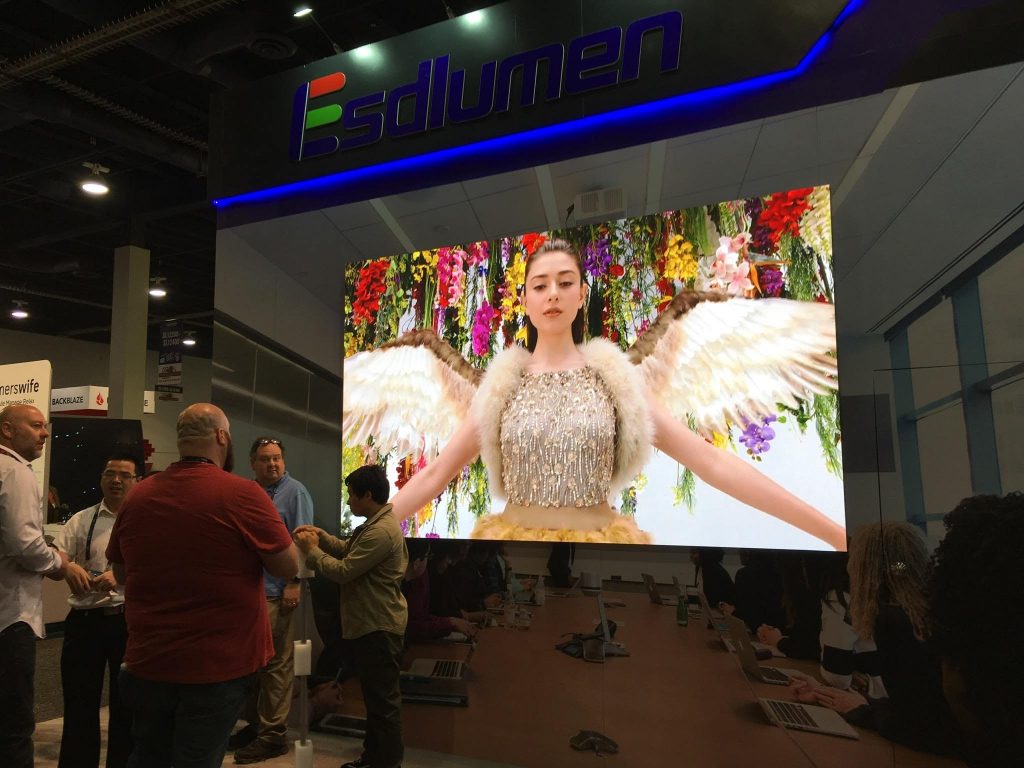
One final note: Marly Arnold of Image Specialist does a biweekly live 30-minute show that appears on her YouTube channel, and a recent conversation with Jim Wurm of Exhibit Designers and Producers Association talked about this very topic. On the YouTube page here, she lists a number of links that are worth looking at. Let me share just a couple:
From TSNN, ten predictions for meetings and events in 2021. Some of the predictions include: virtual isn’t going away once shows return to live venues; Las Vegas is coming back strong (no surprise); it’s going to be a bumpy ride.
Northstar Meetings Group looks at which convention centers are open.
TSNN with another look at how bad the US hospitality and travel industries were pummeled since COVID-19 took hold.
Beyond the links from Marlys’ YouTube page, TSNN also posted this piece on how momentum is building in the tradeshow world.
From this vantage point, it seems like a boom is coming. The question is how big, how long and how much of it will reach us here in the tradeshow, event, and conference world.
Tablets can be used in a large variety of ways in your tradeshow booth. Here are just a few. Maybe you can think of more!
Now that most companies haven’t exhibited at a major show in the US for nine months or so, where does that leave their marketing efforts? I’ve heard some companies badly miss shows because that’s where a large portion of their lead generation came from and without that they’re struggling to generate as many solid leads. Some companies have shifted to other marketing outlets and been at least moderately successful, and I suppose some companies have even determined that they don’t really need tradeshows.
It’s my impression that there’s always been a bit of perception from many management and sales staff that tradeshows are a grind, a big waste of money and time. That they only attend because their competition is there but if they could they’d bail on exhibiting or even attending shows.
Meanwhile, tradeshow managers are buried in details of exhibiting and logistics and new product launches and are-there-enough-samples and so on.
By the time bigger shows return, it’s likely that at least a year will have passed for many exhibitors since their last appearance at a national or international show, and the question is undoubtedly being asked: are tradeshows still even that important?
That question can only be answered by each company individually based on their own goals, budget and personnel.

One result might be that companies will exhibit at fewer shows. If that’s the case, the focus on the shows should be to make sure that exhibiting is worth their time. Maybe you’ll have the same budget but with fewer shows, you can concentrate on those select handful of shows and make sure you carefully and completely execute all of the tradeshow marketing steps from A to Z to ensure great results.
Another consequence of the coming post-COVID world may mean smaller budgets, which means downsizing your exhibit, or renting an exhibit save a few dollars. Or taking fewer people to shows.
One other change that I believe will be a result of no tradeshows for a year or so: the psychological effect on both exhibitors and attendees. How will we feel, for instance, about shaking hands with people we meet, or hugging old friends that we haven’t seen for a year or two or three? How will food companies hand out samples so that everyone who is picking up a tasty sample is comfortable with it? Will we really feel okay flying across the country to attend a show, stuck in an airplane for hours with strangers? Some will be okay; others may have high levels of anxiety. It’s likely that aisles will be wider, giving more separation between booths and giving attendees more space to keep people at a distant.
Things will change, things are already changing.
I think we’re just seeing the tip of the iceberg.
When I first speak with a new client about what they want in a new tradeshow exhibit, it usually comes down to one of two approaches. Either they want to start from scratch, in a sense, and have a good idea of the potential layout and scope of the exhibit, and they have a budget number in mind. Or, and this is the other extreme, they want to pick out a kit from our catalog and make do, mainly to save budget dollars.
There’s nothing wrong with either approach. Every company has a different agenda when it comes to a new exhibit.
The former approach means everything is custom from the git-go. A designer is brought in, conversations are had about brand attributes and guidelines, and the designer is basically turned loose. These are typically the bigger budget projects where, from the start, the designer is encouraged to cut loose, to try several approaches and show a number of structures with different traffic flow patterns, demo areas, meeting areas and so on. From that, the client decides on one (or two) that work best for them, and the design is refined until it’s ready.
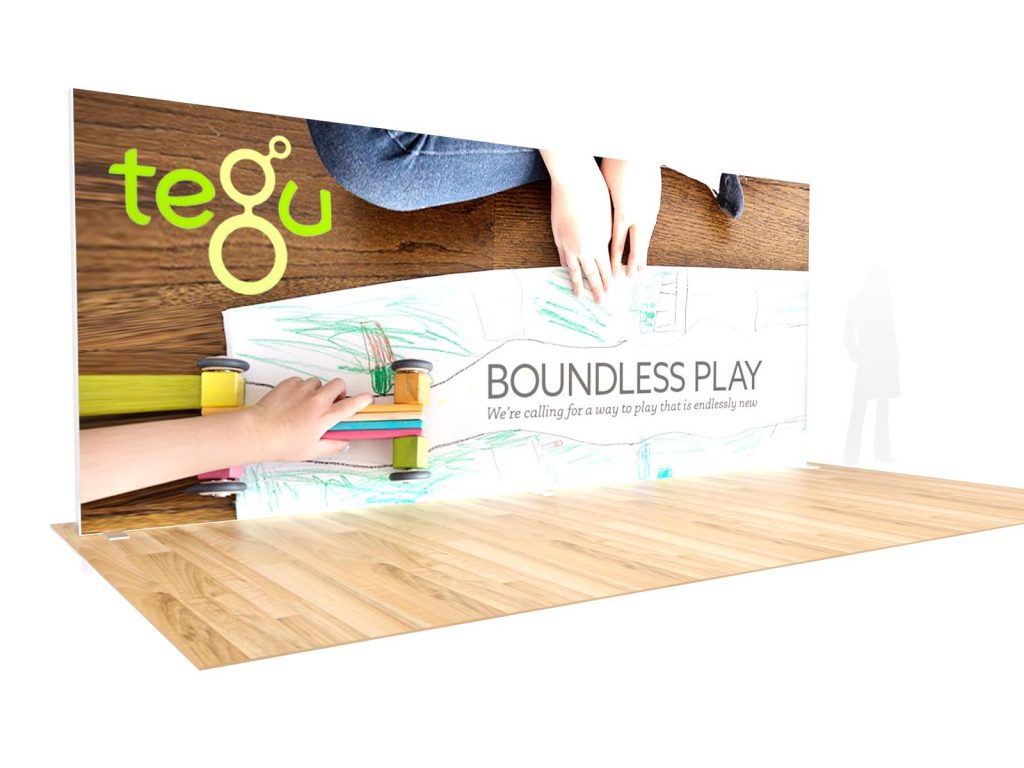
The other approach, where the client is typically working with a more limited budget, starts with a kit from our Exhibit Design Search at TradeshowBuy.com. More often than not, the client believes that the kit as shown in the renderings is the final design.
That rarely happens. Once the conversation starts, the questions begin. Can we add a counter? What about shelves? We need shelves. And something to sit at. And that panel isn’t big enough, what if we made it bigger.
The answers are yes, yes, and yes. Kits get customized, almost all the time. With new clients, there is a bit of a learning curve, but once they realize that even if they start with a kit, that doesn’t mean they’re stuck with everything that’s show. Kits are good starting points to get what clients really want, which is most often a customized version.
A good thing to keep in mind when starting from scratch, especially if your budget is pointing you in the direction of a kit. That kit can be revised, reduced or enlarged in size, configured to fit in more than one final setup (10×10, 10×20, 10×30 for example). Accessories can be added, freestanding graphics or tables can become a part. And those additions don’t have to be out of the catalog, either. Often a client will have custom-built tables that include their logo and additional lighting effects to make them stand out.
If you’re shopping for a new exhibit in 2021 and your budget is pointing you towards something out of a catalog, starting with a kit makes sense. But you don’t have to (and probably won’t) stay there.

The tradeshow and event industry has been gasping for air for months and months. Exhibitors are putting off investing in new exhibits while wondering if they’re even going to appear at any shows in 2021.
In steps Classic Exhibits, our main exhibit manufacturer, with a little help: a price drop on safety dividers and rental! Not to mention, a trio of eco-friendly sustainable exhibits: a 10×10, a 10×20 and a 2020 island. Let’s take a look. Click to enlarge. Find the links below to download the PDFs.

Our online exhibit-finder, Exhibit Design Search, would be hard-pressed to get much better. It’s chock-full of 1000s of exhibits, rental furniture, accessories, helpful article, photos and much more.
Yet it keeps improving. Over the last few months a few new things have made their way onto the site at TradeshowBuy.com, including virtual exhibits, interactive exhibits, protective shields and more. Take a look:

It’s easy enough to get caught in the checklist approach to tradeshow exhibit design. This week’s quick video goes over some thoughts on how to avoid that, but still make sure the exhibit has all that it needs:

In March and April of this year, when tradeshow organizers realized the gravity of the pandemic and how it would be affecting upcoming shows, many of them “postponed” the shows. I say “postponed” in quotes because many believed that whatever issues the COVID-19 pandemic caused; things would be back to normal in a few months.
For example, I happened to be on an airplane waiting to take off from Portland on the morning of March 2, when the email came in: Natural Products Expo West was off, postponed TFN. In the next few weeks, an effort was made to reschedule the show for early summer. Then the pandemic got worse. The show was canceled for good.
The organizers tried to focus on Natural Products Expo East in September. Nope, that fell by the wayside as well. As did CES, NAB, and many other shows. Some shows went virtual, others hoped for the best for a live show sometime next year.
Now Natural Products Expo West has moved the 2021 show from early March to late May of next year. Anyone willing to lay money on the show actually taking place?
In random conversations and email exchanges, and in seeing some survey results, the tradeshow and event industry has a wide range of opinions on when things might get back to “normal,” yes, in quotes, because we don’t know what normal will look like again, or when. Some companies are working remotely, hoping to get back to the office by the beginning of 2021. Others are putting it off until the third or fourth quarter of 2021.
In early September, Exhibitor Magazine revealed some data based on surveys of tradeshow world suppliers and exhibitors. For example, 2/3 of those surveyed said it was unlikely, probably wouldn’t, or definitely wouldn’t return to shows rescheduled for 2020.
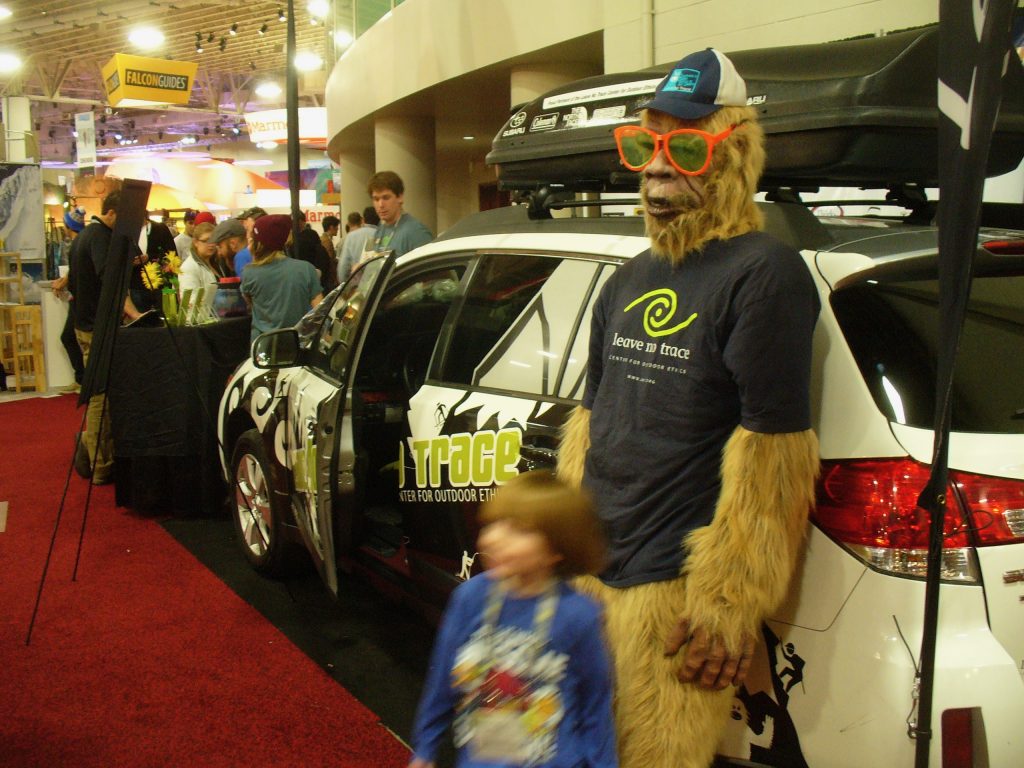
Company travel restrictions will still be in place at most companies into 2021. Lots of data there, and I’ll give you one more interesting tidbit: the later in the year the question was asked, the further companies pushed their plans back. In early September, most companies were looking at the second or third quarter of 2021 before they thought they’d be back on the tradeshow floor. View the full presentation here; it’s worth a look.
I mentioned on my podcast this week that the live music and entertainment industry is also severely impacted. Musicians, tech workers, roadies, support staff and more have been mostly idled. Think of entertainers on cruise ships, or in Cirque du Soleil (which has filed for bankruptcy), along with concert tours, jazz festivals, country fairs, art fairs, and more.
I believe we all know how bad it is and have a feeling it’ll continue for much longer than we ever thought it would, when the pandemic first came around.
Over the past few months, I have been thinking that once we get back to, let’s say 75 or 85% or “normal,” companies would start busting loose with big budgets and there would be lots of new projects and work for exhibit companies and related logistical support companies.
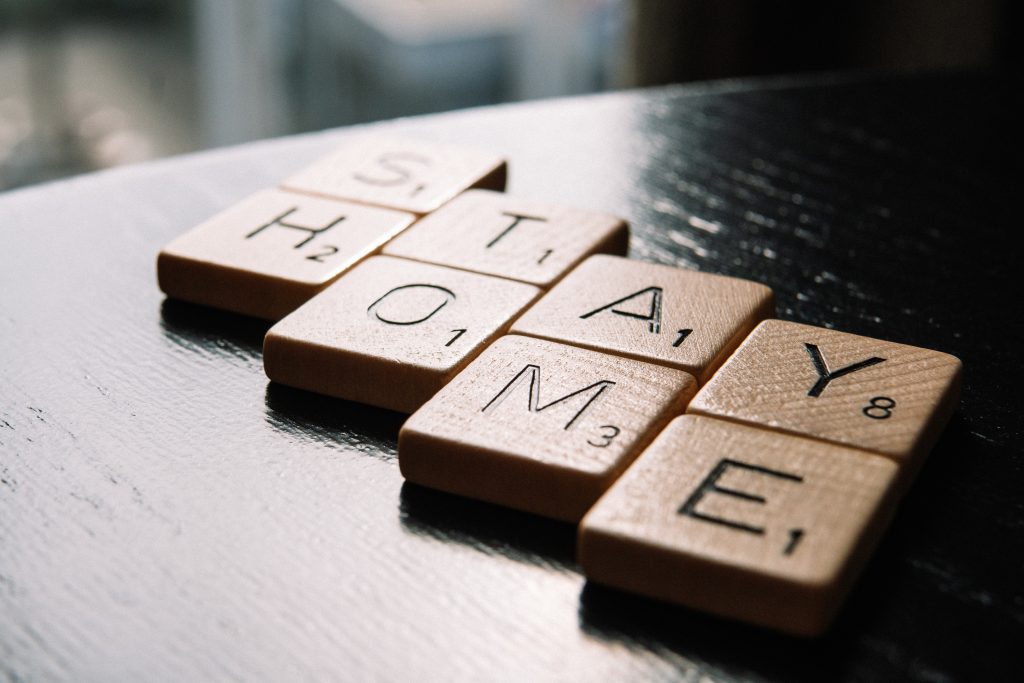
Now I’m not so sure. My gut feeling is that because this is going to keep going until deep into 2021, companies will be very hesitant to spend money and will be more than willing to just do modest changes on their current exhibit properties instead of investing in something new. I have nothing to base that on and hope I’m wrong.
And finally, when it comes to Virtual shows or tradeshow exhibits, my sense is that it has to really make sense for the company for them to invest in something like that: they need it only if they can use it a dozen or more times in the next year or so, and they strongly believe it will get them more good leads at a better cost-per-lead than traditional exhibiting. The jury is still out on that.

Hiring an exhibit house is a big task. It’s a commitment to a business relationship that, ideally, you’d like to keep in place for years. But everything must come to an end, and there may come a time when it makes sense to consider changing exhibit houses. Here’s my quick video that looks at ten situations that may warrant that consideration:
